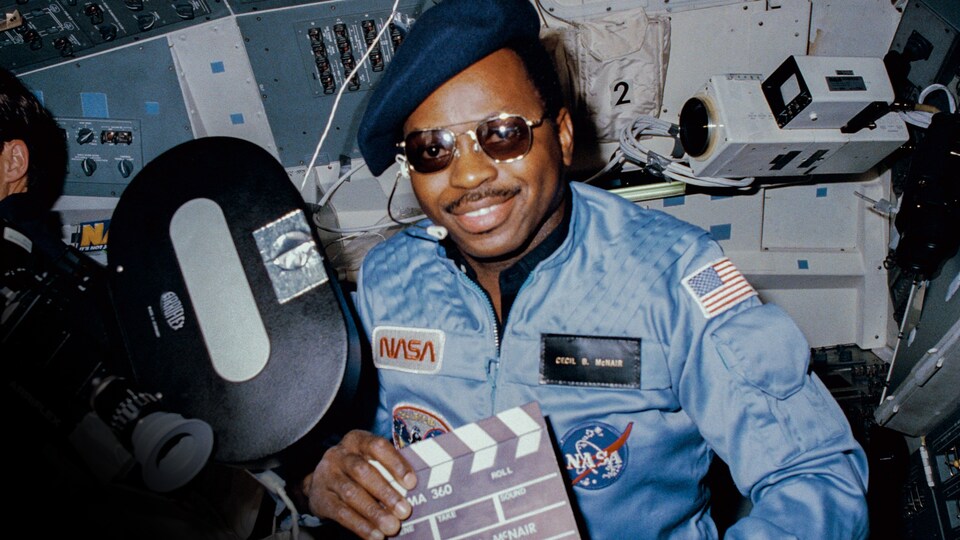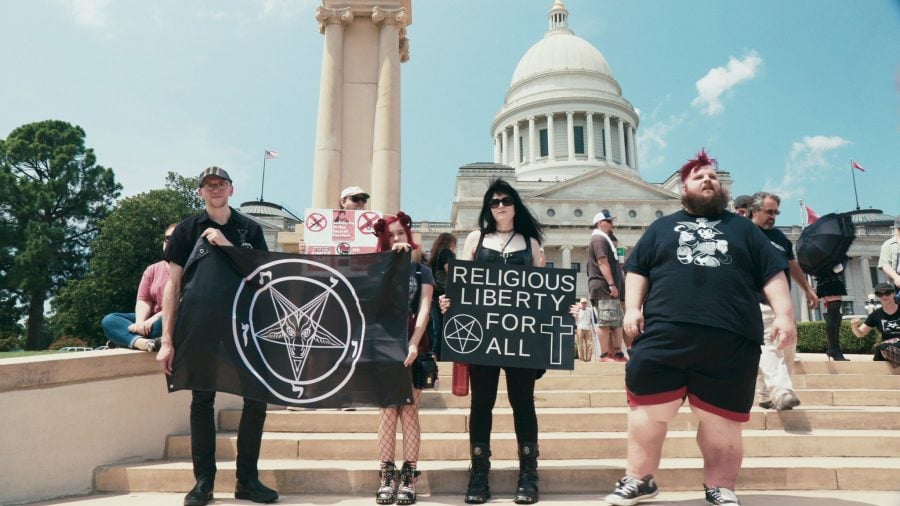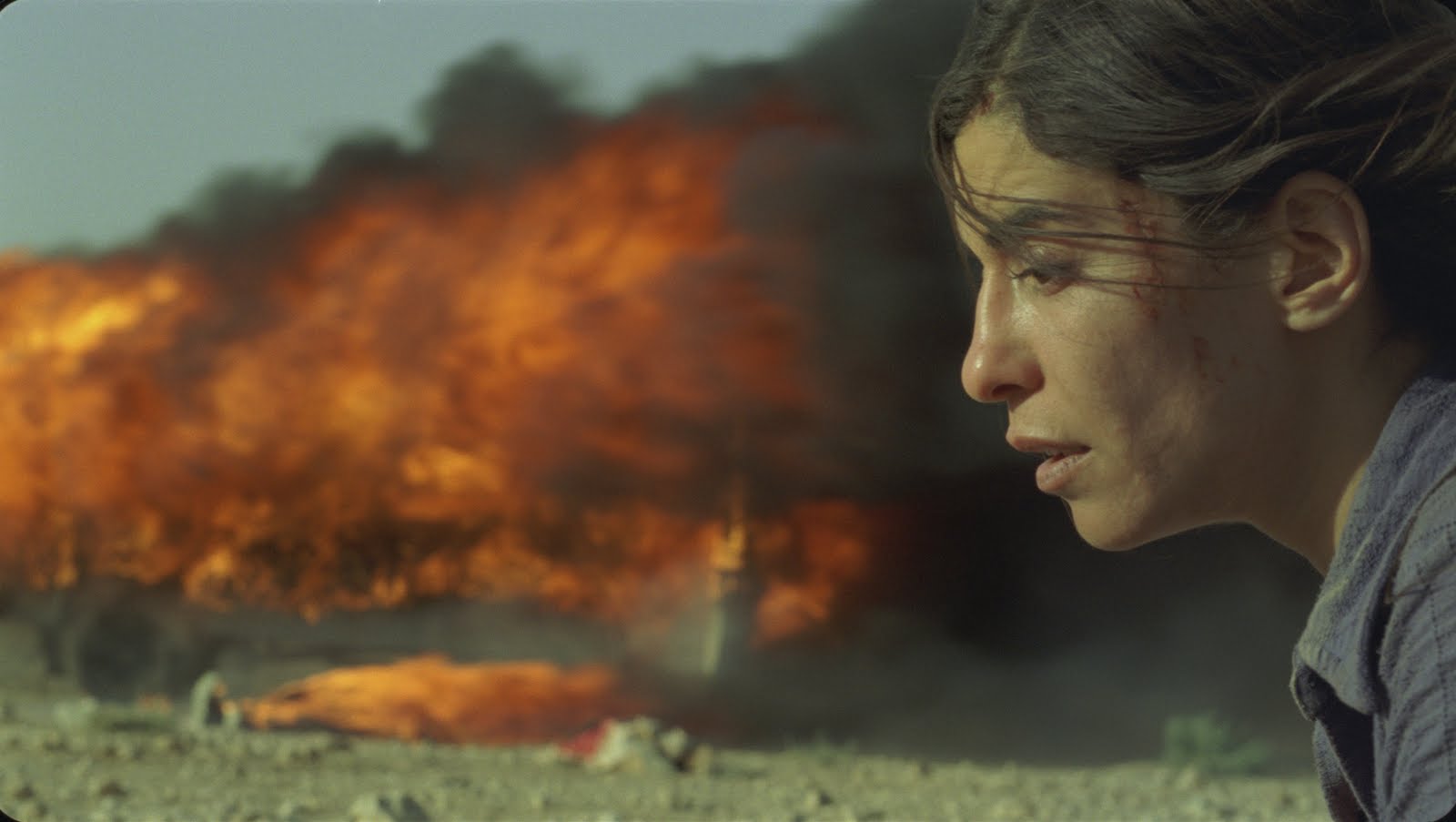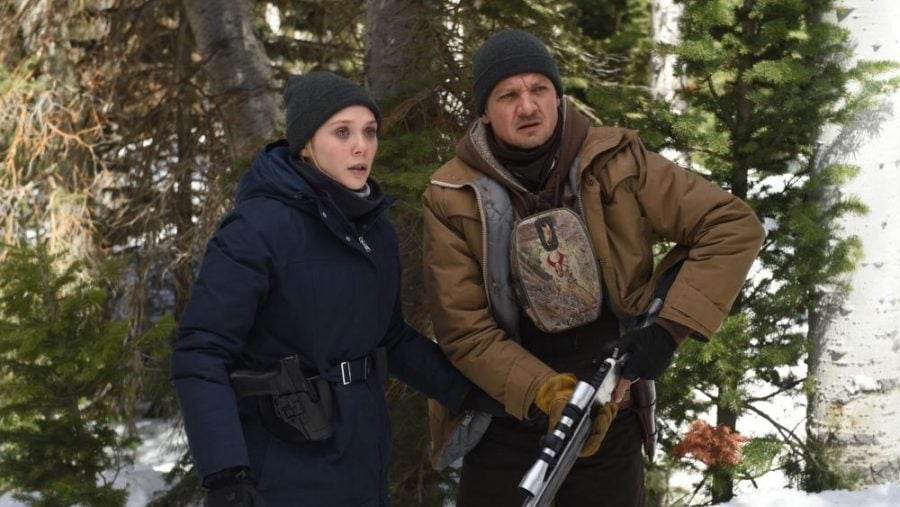
If These Walls Could Sing (2023)
7.0
Movie
7.0
The Staff
TLDR
It’s a documentary that works well enough, even if it feels too conventional for an iconic recording studio.
What it's about
The take
With nearly a century to cover, If These Walls Could Sing had the daunting task of giving justice to the history of the iconic Abbey Roads Studios. In 89 minutes, Mary McCartney outlines the studio’s history through archival footage and a stacked selection of artist interviews, popping only in random moments to organize the timeline. With the wide selection of artists, the film can feel scattered, as it jumps from classical music, to rock and roll, and to film scoring. The documentary doesn’t really go in-depth into how the studio developed its sound, but there are some interesting insights into certain tracks, like how the studio approached contracts, experimentation, different genres, and technology. While the film relies too much on nostalgia, it’s still an interesting tour based on the subject matter alone.
What stands out
If These Walls Could Sing inherently has an interesting subject matter, that anyone could slap the archival footage and interviews together in the editing timeline, and call it a day. Being the daughter of one of the studio’s biggest artists, Mary McCartney could certainly reach out to connections to get more interviews for the documentary. However, with her at the helm, it does take a slightly personal approach in its cinematography. The camera loves tracking the empty studio building, taking its time to move around its interiors as the tracks play, taking in details that feel like a child peeking into their parents’ workplace. The artists featured are also interviewed in the locations they recorded. While the film dedicates so much time to the Beatles, and tackles topics that have already been seen in other documentaries, it’s interesting how McCartney showcases how the physicality of the building affected certain tracks.
Comments
Add a comment
Your nameYour comment
UP NEXT
UP NEXT
UP NEXT
Curated by humans, not algorithms.

© 2024 agoodmovietowatch, all rights reserved.














